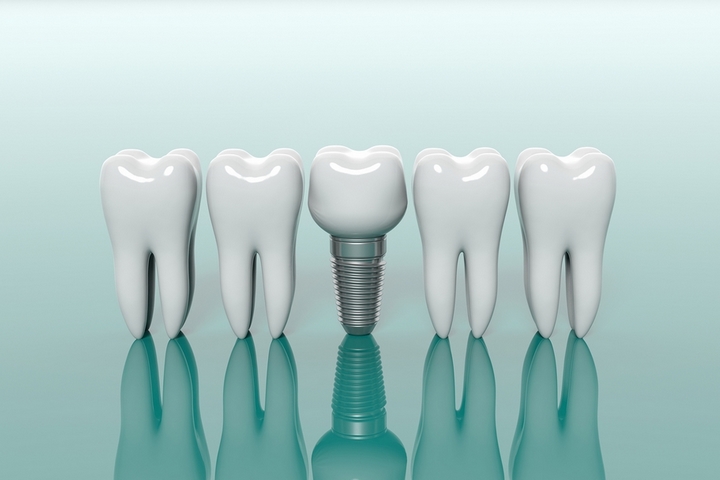Injuries can be upsetting, especially if you are active and getting close to your goal. It can be difficult sitting on the sidelines while your injury heals. However, there are actions you can take to quicken the healing process.
The majority of injuries can be avoided (especially those that are sports-related) if you warm up before working out. If you’re an athlete, some stretching and cardiovascular exercise should help warm up that area, so an injury is less likely. Warming up soft tissue significantly reduces the risk of injury.
Here is a guide on how to recover from an injury faster:
1. RICE
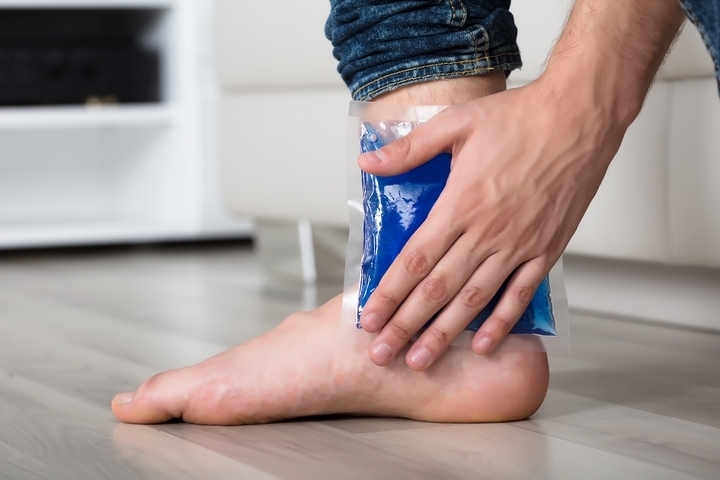
Rest, ice, compression, and elevation are called RICE. The first thing you should do if you hurt yourself is following RICE. You must therefore do the following actions:
- Rest: Rest to prevent aggravating the injury or further harming the affected area.
- Ice: To minimize swelling, ice the region for about 30 minutes daily.
- Compression: Be sure to provide pressure on the wound for the first 48 hours.
- Elevation: To minimize edema, elevate the affected area.
2. Treat the injury ASAP
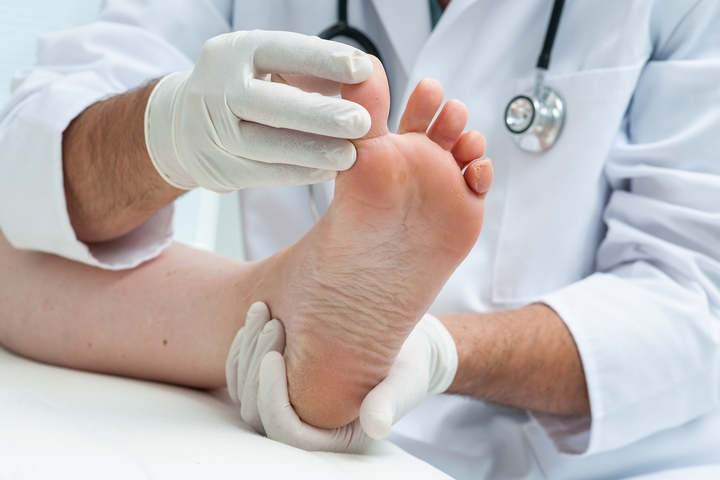
Get medical attention if you have sustained a serious injury as soon as possible. A trained medical professional can only provide an accurate diagnosis and treatment plan for a severe injury.
The sooner you seek help, the faster you will be able to get the treatment you need to get better. Some treatments may have costly expenses, especially if you don’t have medical insurance coverage. Depending on your circumstances, you may be eligible for compensation from a lawsuit. Consult a personal injury lawyer Ajax to assess if you have a viable legal case.
3. Don’t let the injury hold you back

After suffering an injury, it is critical to gradually return to the activities that you were doing before the incident. Getting back into your normal routine will help you build up your strength and allow you to continue being active.
You mustn’t let an injury prevent you from continuing in your sport, whether you are a baseball player, a professional athlete, or an amateur athlete. After you have finished tending to your wounds, it is time to go back into action.
4. Assess how your injury occurred
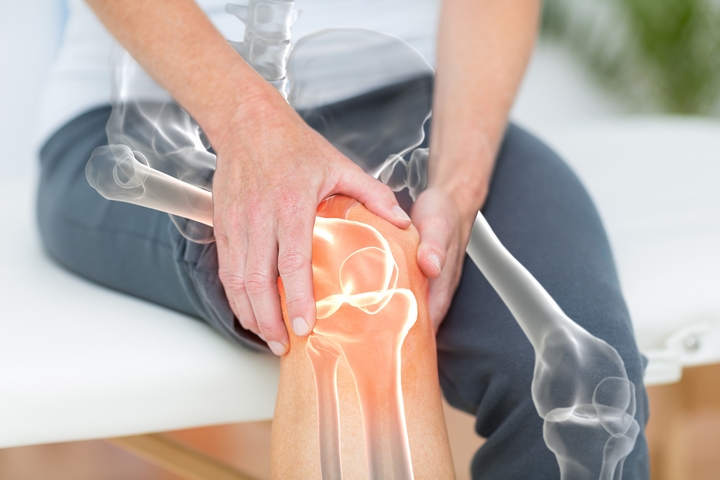
To recover fully, you need to ensure that you have learned from your past errors and will not do yourself further harm in the future. Were you not working safely? Did you forget to warm up before an activity? Did you stretch afterward? Answer these questions to prevent an injury in the future.
After you determine the cause, take steps to avoid the injury from recurring again. For example, you may have injured yourself during exercise or on the job. If so, consider the following before hitting the gym or lifting that large box at work:
- Develop a fitness plan that includes cardio, stretching, strength training, and flexibility.
- To avoid overdoing it, exercise every other day.
- To avoid straining yourself, alternate the muscle groups you are exercising.
- The cool-down period is a crucial component of exercise.
- Lift light weights. Ensure that you are prepared to lift the weight you have chosen.
- Use the correct form and learn the appropriate procedures.
- Make sure you give yourself plenty of time to recover and rest.
5. Eat a balanced diet

Following an injury, eating a balanced diet is essential for injury rehabilitation. Some foods contain anti-inflammatories which can speed up the healing process.
For instance, pumpkin seeds are rich in zinc, a mineral that is essential to muscle tissue regeneration. Calcium and vitamin C-rich foods are especially crucial for the healing process after an accident. These foods include a lot of antioxidants, which improve how well the immune system responds to inflammation and speed up muscle recovery.
In addition, sweet potatoes have a lot of antioxidants in them. They also provide fibre, potassium, vitamins D and E, and several minerals. Plus, they contain carotenoids, which work to minimize the harm caused by sports-related injuries.
A shattered bone is another frequent injury that can be brought on by trauma or physical exercise. A fractured bone can keep an athlete out of action for the entire season if ignored. Athletes who are healing from fractures should consume calcium-rich foods.
6. Try physiotherapy
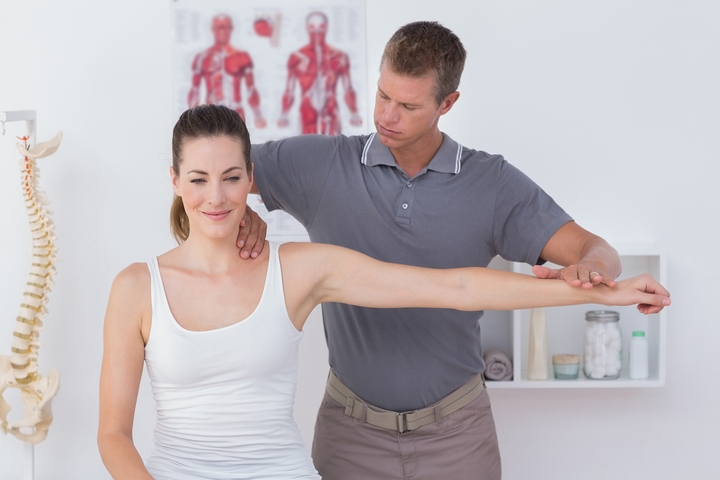
Even when the redness and swelling have gone down, this does not necessarily suggest that you are fully recovered. To ensure that you can give your whole attention to your recovery, you should discuss the possibility of undergoing physical therapy with your primary care physician. Your road to a full recovery can be sped up with the assistance of a physical therapist.
Patients with physical issues due to sickness, aging, accident, or disability can receive treatment and rehabilitation from a physiotherapist. A physiotherapist treats patients using a variety of techniques and therapies.
7. Medical help for injury

The best action is to consult a doctor immediately if you believe you have sustained a major injury. Surgery may be required by a physical examination and a series of diagnostic tests. Although they are not always necessary, MRIs can assist in determining whether your injury is severe enough to require surgery. Surgery is typically not needed for minor muscle strains and sprains. Surgery, however, can be required for injuries, including a broken bone or torn ligament.
If you have sustained an injury that is not severe enough to require surgery, following the above steps will help you recover faster. Take time to rest, ice the area regularly, and see a professional therapist for extra help. Doing so will help you get back to your regular activities as soon as possible.


